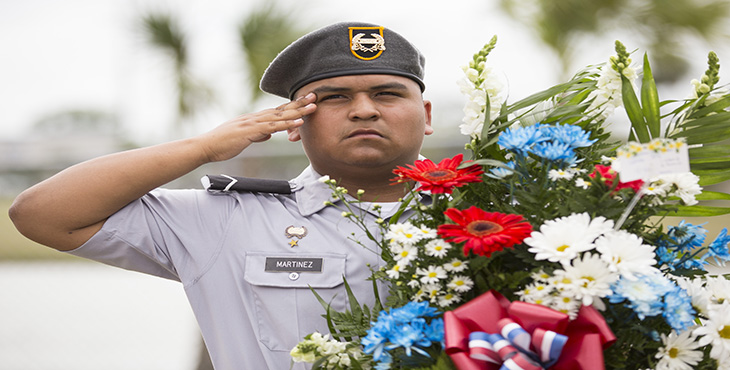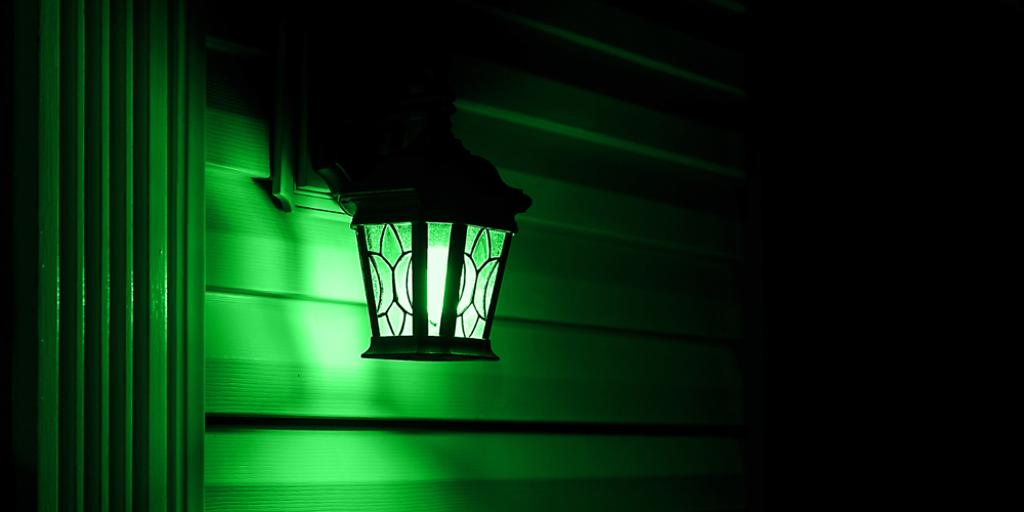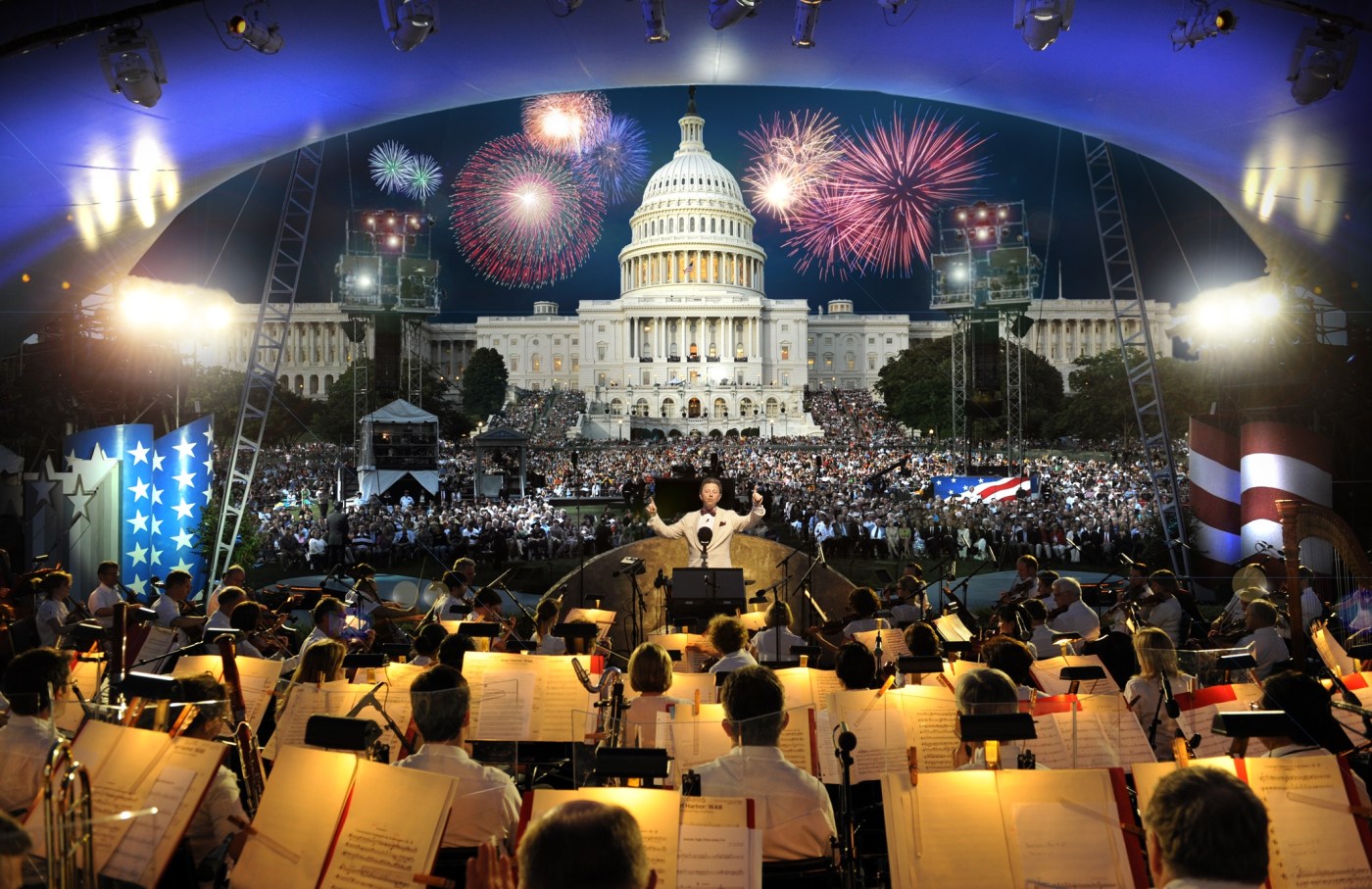Patricia Smith’s family considers military service part of the duty of being a U.S. citizen. And no one in her family hesitates to serve. Her father survived the Bataan Death March. Her son serves in the National Guard and has been deployed more than once overseas. Her grandfather and uncles served. And her brother, Peter Gerry, was killed in Vietnam. He was 18. He is one of 48 men (boys, really) from the small city of Quincy, Massachusetts, who died during the Vietnam conflict. Families with multiple generations who have served in uniform are not unusual in Quincy, a town with a population of 90,000. What is unusual is how they keep the memories of their service and sacrifice alive.
Every spring, the city comes together to rename a square, park or monument after one of its own that was killed in Vietnam. Since 2005, they have been renaming sites in the city after their native sons–a few every year. In addition, a 40-foot clock tower next to the Marina that overlooks the nearby metropolis of Boston holds a plaque that is engraved with all 48 KIA names. During this same spring ritual, the community of Quincy revisits the Vietnam Memorial Clock Tower at Marina Bay for a closing ceremony after the individual dedication events.
Why now? Why has this city and its citizens dedicated so much of itself to shine a spotlight on war victims more than 40 years later?
To answer this question, you must go back to 1987, to the dedication of the clock tower in at the Marina in Quincy. It was built and dedicated to Quincy boys killed in Vietnam and a few Quincy Marines–TomBolinder, Ed Murphy, and Larry Norton, all of whom played a critical role in getting the clock tower built and in hosting annual ceremonies to remember Quincy’s Vietnam KIA. Technically a suburb of Boston, Quincy might as well be a thousand miles away from its neighboring urban center with a strong liberal political tradition. With more in common in demographics, values and politics to small Midwestern towns, Quincy, the birthplace of John Adams and John Quincy Adams, has a long tradition of sending its sons (and, now, daughters) to war when our country has asked, beginning with the Revolutionary War. This small group of dedicated Quincy Marine Vietnam Veterans led the charge to pay tribute annually to Quincy’s Vietnam KIA long before the rest of the country recognized that Vietnam Veterans never got the welcome home they deserved. Every year since 1987, Quincy natives have organized, staged and hosted these commemoration ceremonies. Rain or shine, this small group of local Veterans, often numbering only 20 or so, held an annual memorial ceremony, reading the names of each of the 48 lost in Vietnam. For many of the families, it was the first time their loss had been publicly and ceremonially commemorated.
But, in 2005, Bob Brudno’s one-man mission changed the entire dynamic of the annual event. A native of Quincy and a Navy Veteran, Brudno’s family was–like most Quincy families–intent on serving. Brudno served as a Navy surface warfare officer. His oldest brother, Alan, became an Air Force fighter pilot and was shot down over North Vietnam on October 18, 1965. He was held in captivity for seven and a half years, one of the longest-held POWs in Vietnam. Tragically, Alan Brudno committed suicide just four months after his release in 1973.
The crusade to give meaning to Alan Brudno’s life began the day Alan was shot down and caught national attention when Bob Brudno finally won his battle to get his brother’s name added to the Vietnam Wall in Washington, D.C. in 2004. Until then, his efforts had been thwarted by some who thought that the way he died somehow made his name less worthy. Bob convinced them otherwise.
Alan’s name wasn’t on Quincy’s memorial either. In 2005 Quincy’s Veterans were determined to change that and added his name in the only space left available … at the top. Hundreds came to that ceremony.
Bob now readily admits that the tribute his small hometown of Quincy paid to his brother has done more to heal him and his family than any other effort. “My brother’s death symbolized the tragic failure of our country to welcome home and properly care for all Vietnam Veterans,” he explains. “After more than seven years in captivity, my brother was severely wounded by the enemy; you just couldn’t see the blood. The stigma associated with the psychological wounds of combat was too great for him to ask for help. Even though he tried to commit suicide less than a week after he returned–he was in such pain, he didn’t get the help all of our servicemen get today.”
When challenged by Bob Brudno to pay tribute to all of Quincy’s Vietnam KIAs in the same way Alan Brudno was honored, the city and its community advocates rose to the occasion. Since then, they honor two or three Quincy Vietnam KIA every year with these customized, individual events. So far, they have dedicated monuments to more than a dozen Quincy Vietnam KIAs–with an ultimate goal of recognizing all 48. Honorees, families and guests are whisked around the city for two days with police escorts and city leaders that underwrite the cost of meals and local transportation for the tribute ceremonies. Speakers have included General Joseph Dunford, Assistant Commandant of the Marine Corps, author Joe Galloway, author and Marine Bing West, and former POW Orson Swindle.
In April of this year, Quincy dedicated three more squares to three more of its KIAs: Robert Vasconcellos, George Fell, and Ralph Willard. This year, George Fell’s nephew used his leave from his yearlong deployment to Afghanistan to attend his uncle’s tribute ceremony in Quincy. Corporal John Fell, USMC, said he “wanted to be here to support my family.” Like many men in Quincy, he “always wanted to be in the military.”
Which takes us back to Peter Garry, killed in action July 29, 1969. His family was overwhelmed by the attention when the city of Quincy announced they were going to name a square in Quincy after him and hold a public ceremony just for him–honoring his life and his sacrifice for his country. “My family was so proud of Quincy for not only remembering my brother Peter in 2009–40 years after his death, but also remembering all of the men on the Wall in Quincy,” Pat Smith remarked. “The families of these men are so appreciative to the city of Quincy.”
The annual event has now achieved such a high profile that politicians vie for the honor to speak. Indeed, this year, both state and federal representatives made podium appearances. For the 25th anniversary of the dedication of the Clock Tower in April 2012, Vietnam Veteran, former Army Captain and Medal of Honor Recipient, Paul Bucha is confirmed to be the keynote speaker.
What is it about small towns like Quincy that make the difference? Big cities, big companies and big non-profits spend a lot of money and a lot of political capital to “honor” Veterans–both old and young, but they don’t hold a candle to the small city of Quincy. Suffice it to say that Quincy has proven that our country has the ability to heal war wounds like no other entity. The homespun, hand-crafted, and personal approach to the tributes Quincy hosts is the key. Corporate and government sponsorship makes little impact. Veteran-to-Veteran touch and the involvement of multiple generations and facets of the community – students, elders, local government officials, local businesses–make the difference. Perhaps Quincy should export their annual event and show small towns around the country how to do it…right. Perhaps the Department of Veterans Affairs could assist in this effort and provide a guide–based on the Quincy template – for recognizing and paying tribute to our Vietnam Veterans and KIA–one at a time, until they are all recognized. Vietnam Veterans, more than any other Veteran community, need to know we value their service and sacrifice.
As Bob Brudno once said, this event will do more to lengthen the lives of Vietnam Veterans than the pills and the counselors. The city of Quincy dispenses the medicine these aging Veterans have always needed–the welcome home and the personal “thank you for your service” that they never got before.
Hurry up America, before our Vietnam Veterans lose faith. For more on past and upcoming ceremonies visit Quincy Veterans.
Taylor Baldwin Kiland works for Booz Allen Hamilton. She is a former naval officer who writes books and blogs about the military and Veterans. She lives in Alexandria, Virginia.
Topics in this story
More Stories
From Nov. 4 to 11, buildings and homes across the country will light up green to recognize the sacrifice and strength of our Veterans as they transition from military to civilian life.
Summer can be a joyful time of year, but some outdoor activities can be hard for some Veterans. In this guest post, former VA Secretary Bob McDonald shares resources and plans to navigate summer activities.
"A CAPITOL FOURTH" airs on PBS Thursday, July 4, 2024 from 8:00 to 9:30 p.m. E.T.







Crazy Ideas…
…Why do so many users agree……
Todays Post…
…Here’s a great website……
Just today I was speaking about how I chose from an ancestoral awareness and college to join the service as a volunter during the time of he draft. After my discharge afer my initial 3 yr commitment, I TRIED returning to the home scene, but never felt accepted. Being hispanic did not feel a fit in the Anglo world eventually returning to the service and retiring after a 22 year career. My commiment, skills and duty matched both the services and my needs. However, not until the recent years have I received a spontaneous thank you for my service especially as a Vietnam Era Vet. I have had 2 non-solicited or expected thank you, one from a neighbor and another from a Veteran’s family. Not many but it felt like two parades. Thank you bringing this story to us, and thanks to our fellow vets for their contributions and sacrifice.
To Ms. Patricia Smith; you go girl and may God Bless you for all that you and your family have given and continue to give to this great country of ours.
You missed the point,”Boston Veteran”, this is not about demographics it’s about a Place that has made it it’s busniess to let people all around the nation know that we Vietnam Veterans were never thanked for our service and faulted for being a “Patriot” and serving when we were called upon whether it was right or wrong. We are not here to question our responsibilty to serve our country,but at the same time we would not like to take the brunt of the blame for a war that we did not start but were asked to try and stop. Get the politics out of your comments and see the big picture here. It is because of “Politics” that we were never given the regonition that we should have gotten as all other war veterans did.They didn’t ask to go their either but they went and when they returned were seen as true “Patriots”, where when we returned all they called us were baby killers. Wonder how many babies were killed in WW1 and WW2. Point is that we are not intentionally baby killers or anything else that we are called, Just Patriotic Americans that shoud be Honred and thanked for something that we had no control over.
The “politics” were introduced by Ms. Kiland, in her piece. Why does she have to denigrate the city of Boston, which honors veterans just as well as Quincy and has as many, if not more, Vietnam veterans per capita?
I’m just surprised that the VA is giving a forum to a Republican flack for stealth propaganda.
To Boston veteran:
Many communities lost friends, relatives and loved ones as KIAs in Vietnam, and after Vietnam, due to illness caused by Agent Orange exposure; suicide and other causes. I am a combat wounded Vietnam veteran, originally from Malden, MA, and I lost my best friend to a sniper’s bullet while I was still undergoing training in the U.S. Marine Corps. John Waden was struck down on November 21, 1966, while with C CO, 1ST BN, 5TH CAV RGT, 1 CAV DIV, U.S. Army, and he has a square dedicated to him near where we used to hang around, where the Fellsway, Charles St. and Watts St. intersect in Malden. Many other friends of mine died in Vietnam after John Waden did, and I carry the heavy burden of survivor’s guilt to the present.
The posting by Ms. Kiland was very well written, quite poignant and thought provoking. I don’t see it as denigrating Boston at all; rather, I see it as praising what Quincy has done, and I applaud Quincy as well. Dorchester suffered great losses in Vietnam, but so did many other communities – rural areas, inner city, suburbs. One glaring KIA/WIA statistic that was a constant value among Vietnam troops (and continues to be with our armed forces today) is that those of us who are of lower economic means are the ones that are more likely to join the military; more likely to get wounded, and more likely to die.
I would like to see my home town of Malden follow Quincy’s lead in honoring all veterans from all wars.
By the way, I am a passionate liberal, and I didn’t interpret Taylor Kiland’s blog as being left or right.
“Technically a suburb of Boston, Quincy might as well be a thousand miles away from its neighboring urban center with a strong liberal political tradition. With more in common in demographics, values and politics to small Midwestern towns . . . ”
As a native and resident of Boston and a retired military Vietnam-era veteran, I object to this right-wing nonsense. First, even though it is poorly written, I assume the “neighboring urban center with a strong liberal political tradition” refers to Boston and is meant to contrast unfavorably with the “demographics, values and politics [of] small Midwestern towns” supposedly resident in Quincy.
The Dorchester section of the City of Boston, which borders Quincy and has less population than Quincy, had 78 KIA in the Vietnam War. http://www.vietvet.org/dorchest.htm
Would Ms. Kiland tell us this was despite the “strong liberal political tradition” of Boston?
As far as the “demographics” go, I doubt the author has ever been in Quincy, which is very similar demographically to neighboring parts of Boston.